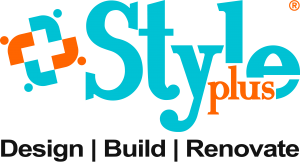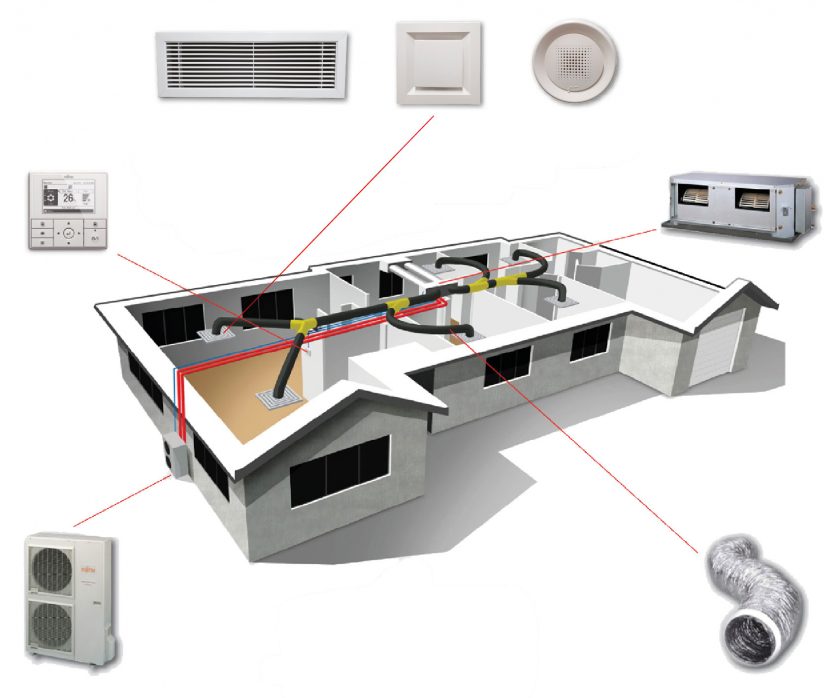WHAT IS A SUSTAINABLE RENOVATION?
Housing renovations can be seen as different types of measures ranging from the relatively simple replacement of surface materials to fundamentally changing both interior and exterior aspects of a house.
Any form of a construction project that is carried out with an eye towards protecting the environment and making decisions that will minimise your carbon footprint is considered a sustainable home renovation.
When you decide to renovate your house sustainably, this includes everything from putting in energy-saving technology like underfloor heating and eco-friendly toilet and bathroom fixtures to being aware of the materials your contractor used to construct the structure of your home.
This course of action may not always be the simplest and will involve some additional study, but it is certain to improve your home’s efficiency over the long term and benefit the environment greatly.
As a general rule of thumb, sustainable home renovations and retrofits aim to create healthier and more energy-efficient spaces.
Jan Antoni Glinkowski - Director - Style Plus Renovations
Table of Contents
WHAT IS A HOME RENOVATION THAT IS SUSTAINABLE?
Home renovations can be seen as different types of transformational changes ranging from the relatively simple replacement of surface materials to fundamentally changing both interior and exterior aspects of a house.
Any form of a construction project that is carried out with an eye towards protecting the environment and making decisions that will minimise your carbon footprint is considered a sustainable home renovation.
When you decide to renovate your house sustainably, this includes everything from putting in energy-saving technology like underfloor heating and eco-friendly toilet and bathroom fixtures to being aware of the materials your contractor used to construct the structure of your home.
This course of action may not always be the simplest and will involve some additional study, but it is certain to improve your home’s efficiency over the long term and benefit the environment greatly.
WHY CONSIDER BUILDING AN ENVIRONMENT-FRIENDLY HOME?
At Style Plus Renovations, we are aware of the effect that building has on greenhouse gas emissions, and we recognise that you could be as well.
These days, and for all the right reasons, our clients are paying more attention to sustainability and eco-friendly building materials.
Building or renovating a sustainable house is not only important for the environment and the government, but it is also good for homeowners. There is a global need for all industries to take climate action.
Reduced energy costs, a rise in property value, and a more pleasant living space are all advantages of building an energy-efficient house. Additionally, you may make a home that will be suitable for your family for many years to come.
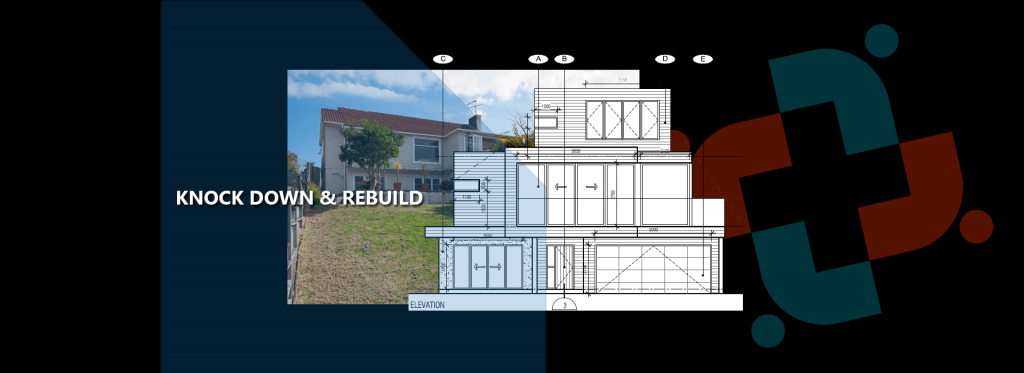
WHAT YOU NEED TO KNOW ABOUT ECO-FRIENDLY HOME RENOVATIONS
This guide is the perfect place to start if you’re about to renovate your house and realise how vital it is to reduce your energy and water usage as well as your own contribution to climate change. Here are a few straightforward eco-friendly home improvement suggestions you may employ to make a good influence on the environment while not breaking the bank.
PLAN AND DESIGN YOUR PROJECT WISELY
There is no definitive guidebook or set of rules that govern how to renovate your home sustainably. However, examining your goals, objectives, and timeline for improving your home should be the starting point for any major sustainable renovation.
Basic eco-friendly new build and home renovation design tips:
- Design your site or house extension to its fullest extent, paying particular attention to orientation.
- Even if you are not looking at installing solar panels right now, design your roof with the best performance in mind. This includes renovations with house extensions.
- Install the wiring, replace your switchboard, and designate a location for a future battery in preparation for demands like solar panels or an electric car.
- Optimise the layout to maximize natural lighting and ventilation.
- Think about consulting a lighting design specialist.
- For a healthy interior, use natural and low-VOC paints, carpets, and furnishings.
- Utilise your chance to convert to an all-electric house.
- Whenever possible, increase your insulation during renovations and retrofits.

SUSTAINABLE MATERIALS
Researching the selection of environmentally friendly building supplies manufactured from natural or organic materials is the first thing you can do before beginning your sustainable renovation or new build project.
It may be necessary to choose materials that have particular certifications or ratings if you want to design a high-performance structure that complies with certain green requirements.
Use materials that are suitable for the current structure and can be recycled or reused if you’re working on a renovation or retrofit project.
Choose sustainably sourced timber for flooring, furniture, and cabinets.
Consider the availability, quality, and cost while choosing the most sustainable building materials for your project.
Look for low-VOC (volatile organic compound) paints and finishes to improve indoor air quality.
ENERGY EFFICIENCY
We place a great deal of emphasis on helping our clients select the ideal appliances for their needs because they frequently contribute to rising carbon emissions.
There are numerous methods to reduce the energy requirements of your sustainable renovation or new build while still investing in new products that will have a long, useful lifespan, from water-saving showerheads to toilets that use rainwater.
The right appliances may make a significant difference in how environmentally friendly your house is and can be applied to any size of the project. Your appliances should always rank among your top environmental objectives, whether you plan to build a luxury new house or add a second story.
Installing solar panels is one of the most well-liked and energy-efficient solutions to lower your power usage. These solar panels convert sunshine into electricity that may be used to run your heating system, electrical appliances, or an electric car.
Correctly insulating your home is one of the best things that you can do for it. Insulation is crucial for maintaining a comfortable indoor climate, helping you stay warm in the winter and cool in the summer. It also helps with energy consumption. Making an environmentally conscious decision when selecting the material for your new insulation is an excellent opportunity.
Under the Building Code, new homes and additions to existing homes must be insulated to meet or exceed minimum requirements. There are also insulation requirements in the Building Code to limit condensation inside. This includes the use of thermal breaks, particularly for steel framing.
Other basic eco-friendly and sustainable renovation energy efficiency tips:
- Consider replacing your windows with double-glazed ones with a high Window Energy Efficiency Rating System (WEERS). WEERS energy rates all types of windows and doors. The rating takes into account the materials that make up the construction. For example, the frame material, the various glass used in the double glazing (insulating glass units) and the specific combinations of components associated with these.
- Consider installing low-emissivity glass (Low-E). This is an invisible coating that lets in light and acts like a mirror reflecting radiant heat back into your home. Low-E glass can reduce heat loss through glass by a further 20%.
WATER CONSERVATION
A sustainable renovation offers a chance to redesign your plumbing to accommodate our water-scarce planet.
Install low-flow taps/mixers, showerheads, and toilets to reduce water usage.
Installing a rainwater tank will reduce your reliance on the mains water. Collecting rainwater can be used as a chlorine-free source of freshwater for washing clothes at home, flushing toilets, and watering the garden.
When landscaping, consider water-saving or drought-resistant plants so that when a dry summer hits, you won’t have to worry about the lack of water to sustain them.
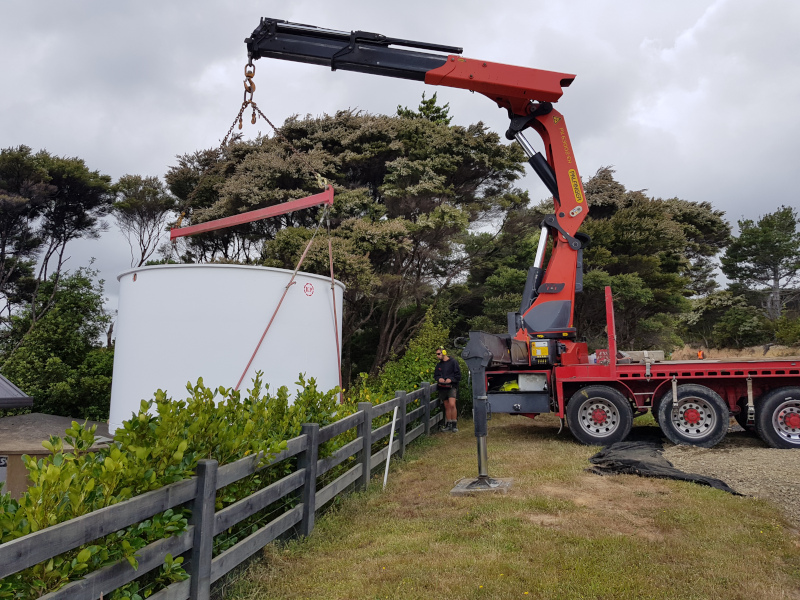
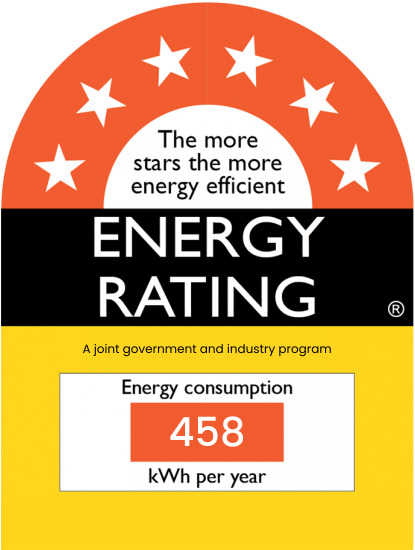
ENERGY-EFFICIENT APPLIANCES
When planning a sustainable eco-friendly renovation look at choosing ENERGY STAR-rated appliances, which consume less energy and water.
Opt for LED lighting – The typical residential energy bill for artificial lighting is about 15%, but you could quickly cut that cost by switching to LED lighting instead of incandescent bulbs, which only convert 10% of electrical energy into light and waste the rest as heat. These are a considerably more sustainable source of artificial light and have comparable low power requirements. Good quality LEDs last at least 15,000 hours.
NATURAL AND SUSTAINABLE FINISHES
A sustainable renovation material that functions well for flooring is cork. For more than 200 years, the same tree has been used to make cork, and each one fixes three to five times more carbon than a non-cork tree. Similar to carpet, it is soft and springy, has great thermal and acoustic capabilities, and has the extra advantage of being waterproof and wipeable.
Other basic eco-friendly home renovation tips:
- Use natural materials like linoleum (comprised of cork and wood materials), or sustainable hardwood for flooring.
- Consider natural stone or recycled glass for countertops.
HEATING AND COOLING
Install a programmable thermostat to optimise temperature control.
Consider a high-efficiency HVAC (Heating, Ventilation, and Air Conditioning) system or a heat pump for heating and cooling.
Heat pumps use relatively little energy. They are among the most energy-efficient heating options available in New Zealand, according to the government organisation EECA (Energy Efficiency Conservation Authority).
INDOOR AIR QUALITY
Use natural ventilation, when possible, to improve indoor air quality. Alternatively, install a Heat Recovery Ventilation (HRV) system. An HRV system provides the following:
- Removes stale, polluted, humid air.
- Introduces fresh, dry, warm air.
- Transfer available heat from stale, damp, exhaust air to preheat fresh incoming air.
- Reduce condensation on windows, fewer opportunities for the formation of mould, and less moisture in the air.
WASTE MANAGEMENT AND RECYCLING/REUSE
Work with your builder/contractors to prioritise waste reduction and recycling during construction.
Have a strategy in place for how you want to remove everything at the end of the project, without it all ending up in a landfill, whether you want to repurpose materials or bring it all in from elsewhere.
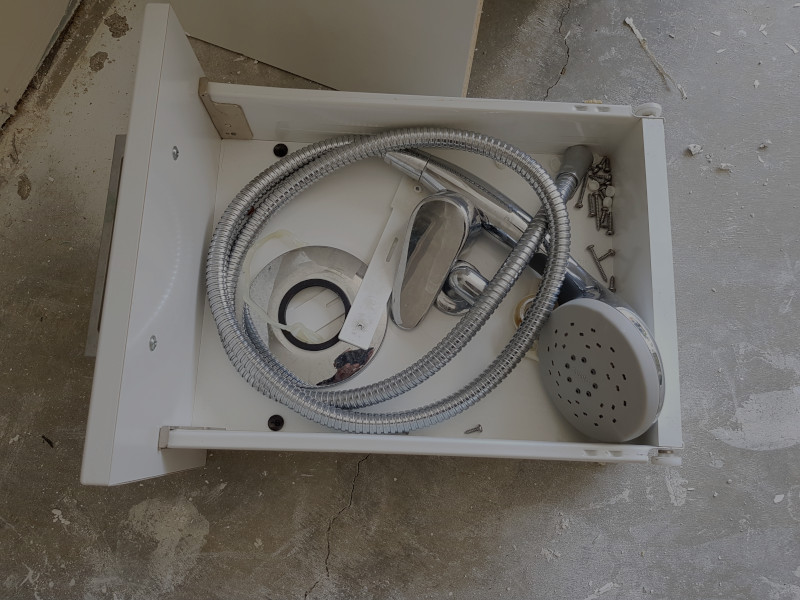
CONSULT WITH SUSTAINABILITY EXPERTS
Seek advice from architects, builders, or consultants experienced in sustainable renovation design and construction.
CERTIFICATIONS AND STANDARDS
Consider certifications for your sustainable renovation project.
The primary residential house certification offered in New Zealand is called Homestar, and it is managed by the nonprofit New Zealand Green Building Council (NZGBC). Buildings with a Homestar rating are cosier, healthier, and more energy-efficient than houses constructed to the lowest standards required by the Building Code.
LONG-TERM MAINTENANCE
Plan for regular maintenance to ensure the longevity of sustainable features and materials.
EDUCATE YOURSELF
Stay informed about the latest sustainable practices and technologies to make informed choices.
Remember that every small step you take towards sustainability in your home renovation can make a significant difference over time.
Prioritize what aligns with your budget and values while keeping long-term benefits in mind. Sustainable renovations not only reduce your carbon footprint but also enhance the comfort and value of your home.
SUSTAINABle & ECO-FRIENDLY RENOVATION FAQS
- What is passive design?Passive design creates spaces that require little heating or cooling year-round and take advantage of the physical orientation of your home and your knowledge of seasonal weather trends. Orientation, insulation, double glazing, thermal mass, and airflow are examples of passive design features.
- How do you select building materials with the least environmental impact?
- Design with a long lifespan in mind.
- Utilise recycled and environmentally friendly materials.
- Utilise renewable resources, such as wood from forests that are sustainably maintained.
- Reduce the distance that materials must travel, and choose materials that help the house's passive heating and cooling systems.
- Recycle any demolition items that are still usable to reduce waste.
- Design and structure should be made to be easily disassembled, reused, modified, and recycled.
- What is a sustainable renovation design?A home with a good sustainable design should not require much heating in the winter or cooling in the summer. This is so that it can maximise the amount of natural light and keep warm in the winter. Also the design is focused on reducing your energy costs.
- What are the 3 key areas to build and renovate a home to be more sustainable?The 3 key areas to build and renovate a home to be more sustainable are typically:
- Building Design & Materials
- Plumbing and Water Usage
- Energy Usage and Electricity
At Style Plus Renovations, we understand that the custom sustainable renovation or new home build can be long and involved, but with the right design & build builder, it can become a rewarding and enjoyable experience. At Style Plus Renovations, we prioritise listening to your goals and placing your needs at the forefront.
Whether you have specific design preferences, or unique requirements, or simply want to explore the possibilities of building a custom sustainable renovation or new home build, we are here to guide you. Our goal is to create a home that reflects your individual style, meets your functional needs, provides a space where you can thrive and reduces your carbon footprint.
Please don’t hesitate to reach out to us. We look forward to hearing from you and discussing how we can bring your dream home to reality.
Whilst all information is considered to be true and correct at the date of publication, changes in circumstances after the time of publication may impact the accuracy of the information.
The information may change without notice and Style Plus Renovations is not in any way liable for the accuracy of any information printed and stored or in any way interpreted and used by a user.
Get started with a Free
Architects Renovation Feasibility Report
LET'S START
YOUR RENOVATION PROJECT
Tel us about your renovation project and we’ll call you back for a no-obligation chat about your ideas.
Alternatively, if you prefer, we can initially set up a meeting using Microsoft Teams or Zoom (and other meeting apps) for a no-obligation chat about your ideas.
We look forward to hearing from you to discuss your project and get you started on your renovation journey.
If you would like to know more about our renovation process, check it out here.

